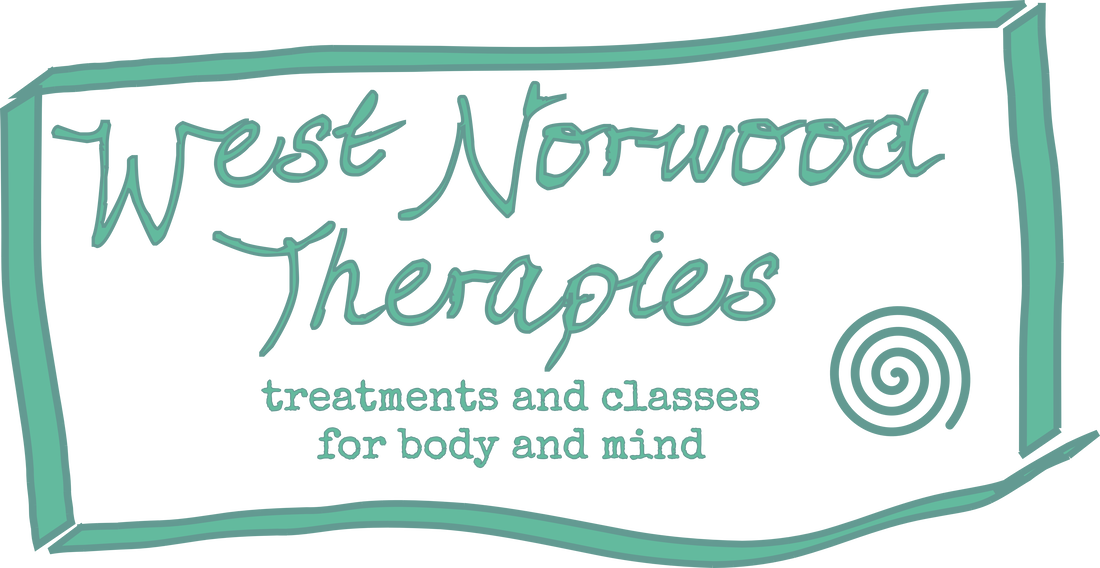|
Massage therapist and massage junkie Jennie Duck shares some of her favourite self-massage tools to use on in between the real deal massages. With AI swooping in to take over many jobs and roles I feel lucky to be confident that there is nothing that compares – or could compare – to the interpersonal connection and physical contact of a massage. The relationship with your therapist is part of this, a person you share with and ask for help – this can be a vulnerable and fairly intimate action, especially when it is followed by undressing! You place your trust in the therapist and the therapist – good ones anyway – will respond by basing their massage on the information you gave them and the feedback you give them through the treatment, from direct questions about the pressure to intuitive sensing of where you are holding tension that you are not even aware of. This relationship may be a one off or it may be one that lasts over many weeks, months and years. I have left massage sessions feeling enlivened, enthused, exhausted, delighted, excited, understood, supported, connected, soothed and sometimes pummelled 😊 Sometimes I am sore, sometimes I feel like I’m hungover the next day or two, sometimes I feel like I could run like a gazelle and sometimes like I could sleep for a week. I always get something from the session, often disproportionate to the hour that I spent having it. I learn about my body, I enjoy some rapport with some therapists and rare silence with others. I will never stop getting massages from a good therapist and I am looking forward to getting back to the privileged position of giving them next year after a long hiatus having children and relocating. In between massages I crave more and I also sometimes have to go longer periods between them when funds and/or time are tight so I have built up an array of things to see me through. I can do some self massage of course and often do on my forearms especially, but I often just wish it was someone else's hands and prefer to use tools, especially for getting into trickier to reach spots. These are my favourites (and links are just to show where I bought them, no affiliations!):
And now in getting the links from this blog I've spotted a foot massager so my birthday money might have a new purpose...that's one for next time!
Happy massaging!
0 Comments
Acupuncturist Mihaly Rosta shares his success in treating a client with constipation with some simple acupuncture points. I thought to share a few stories from my clinic so you can have a better understanding of what Acupuncture can help with. As well as to provide a gentle introduction to how it works. Relief for constipation and other bowel issues is a remarkable and frequent outcome of such treatments. Over the years I am starting to figure out that the body is truly amazing. It really is a wonderful ‘machinery’ that often needs only a little nudge in order to recover. As long as one has sufficient vital substances – Blood, Qi and Essence (talk about those in a later post) – it will recover rather quickly. When it comes to treating bowel issues such as constipation, diarrhoea, inflammation and such Acupuncture can have a quick reliving effect – whilst it may take longer to re-establish proper internal harmony in case of chronic conditions.
One of my clients came to me recently complaining about the inability to empty their bowels properly for almost a week. Although their main complaint was different, something like this can often be incorporated into the treatment. I used a combination of 2 points located on the Stomach channel, whilst other points were used to support the underlying conditions. The acu-point, Stomach 37 was needled and gently stimulated. This is a point which has a strong effect on the bowels through the connection of the digestive organs of the Stomach and the Large Intestine, which is mainly responsible for the appropriate elimination and further absorption of nutrients. As you can read in the other article -click on the link above-, it is also a majorly useful point to generally assist IBS and it’s related symptoms. I also used acupressure on Stomach 25 which has been observed to have a very strong effect on the Intestines. Via the aforementioned connection, this point is able to strengthen and enhance the natural function of the Stomach and Spleen, which is responsible for the transportaion and transformation of nutrients. Although I worked fairly gently on these points, the client reported having a ‘big clear-out’ the same day. Of course, no 2 people have the exact same needs. The beauty of Chinese Medicine lies in its ability to show what needs to be done for the person in front of us in that given moment. Sometimes the body only needs a few gentle yet precise inputs in order to start making steps towards equilibrium. Reflexologist and reiki practitioner Laura Devonshire looks at hydration - why it is so important, what it can affect and how much and what we should be drinking to keep hydrated. It’s summer (hurrah!) and this season’s theme at West Norwood Therapies is water. I have been exploring water and the human body and why hydration is so critical. Water is essential for life and for our bodies to function optimally. On average water makes up around 60% of body weight in men and 50-55% in women (this can vary depending on age and body composition). Drinking enough water each day is essential for the function of all the cells in the body, it helps us to: regulate body temperature, keep eyes and joints lubricated, helping to rid waste and transport nutrients, helps convert food into energy, protects the nervous system, prevents infection, and keeps organs functioning properly. Some organs contain much more water than others and I found it staggering to learn that the brain and kidneys possess the highest percentage of water: a whopping 80-85%, followed by the heart and lungs 75-80%, muscles, the liver and skin are 70-75%, blood is 50%, bones are 20-25% and lastly teeth at 8-10%. This helps to put into context how dehydration can have so many symptoms and consequences. The current UK recommendation is to drink 6-8 glasses of fluid per day, more specific recommendations about the quantity needed at different ages are shown below: (provided by the European Food Safety Authority (EFSA): The EFSA assume that 20% of fluid intake comes from food and 80% comes from drinks.
It is also important to note that doing strenuous activity or living in hotter or more humid climates may need more than the above. The body works hard to find balance and drinking too little or too much water can have severe consequences. The warning signs of dehydration include:
As mentioned above the brain contains 85% water, dehydration can also impact on cognitive function with difficulty in concentrating, impacting mood making us prone to feeling angry, anxious, and irritated. It’s important to note that on the flip side at the extreme end of consuming too much water, can lead to hyponatraemia, a very serious condition that causes extremely low sodium levels in the blood. It is more common for people to suffer with the symptoms of dehydration. The best way to avoid dehydration is to keep track of how much fluid you drink and drink water throughout the day. It’s ideal to avoid excessive caffeine drinks as they have a diuretic effect on the body, as does alcohol. Of course, I am not staying to cut them out but to just be mindful of intake and ensure you’re having an adequate water intake too. If you have been unwell with a fever or diarrhoea, playing sports or have been sweating a lot in high temperatures: drinking coconut water or a sports drink or rehydration drink can help to replenish your electrolytes and essential salts and minerals. Swap sugary drinks for sugar-free or no added sugar and dilute squash drinks to reduce the sugar content. If you don’t like the taste of water you can try sparkling water or try adding a slice of lemon or lime, some berries or cucumber. Acupuncturist Philippa Summers looks at what women can experience from perimenopause onwards and how exercise and swimming can be of great benefit around these years. At a recent party on a chilly evening in the garden I asked a friend in a strappy dress if she was warm enough, she lightly replied “Oh, yes, I have my own personal weather system”. Made me chuckle but menopause is no laughing matter. Some women sail through but for others the symptoms can be unbearable and debilitating and can take a huge toll on just about every aspect of life. It can be a time when women feel at a loss with the changes that are happening to them, bewildered by them. Getting the balance between seeing them as a medical issue and a transformative time of adjustment can be helpful in easing women through this phase of life with greater serenity and joy, with a combined approach offering great benefits. Among the most common symptoms are hot flushes, night sweats, mood changes, tiredness, vaginal discomfort, loss of libido and brain fog, but it affects women very differently and you may experience a range of other physical, mental and emotional symptoms. They can start as women enter the perimenopausal phase, often in their mid 40s, sometimes earlier, usually but not always accompanied by changes in their menstrual cycle. From a medical perspective getting diagnosed is the first step to understanding the changes you are going through and finding solutions that suit you, including HRT. The options can be simple with far reaching benefits. Finding the right choices for you will not only help you to feel better but importantly also help to protect your future health, particularly cardiovascular and bone health. From a lifestyle perspective nutrition, exercise, sleep, relaxation and strong social and emotional connections provide the foundations for your wellbeing, regardless of whether or not you take HRT. Acupuncture can also play a supportive role in helping women ease through the transition, connecting mind with body, with proven benefits for some of the associated symptoms including hot flushes, low mood and anxiety, poor sleep, aches and pain. I have included a link to a resource with a wealth of info at the end, including medical, lifestyle, social and political info. Now, for an overview of exercise and then a brief focus on swimming, our topic for this summer newsletter, in relation to menopause. Exercise From perimenopause onwards physical activity can help to prevent muscle loss which occurs naturally as we age, support a healthy weight reducing the risk of chronic disease and improve cardiovascular, respiratory and bone health. Exercise will build strength, support the joints and alleviate the aches and pain, and the mood enhancing benefits of exercise can help in the way we perceive pain. Additionally, it can help with sleep and generally help you to feel better. If you have specific health issues that limit your activity then seek appropriate advice and support. As a guide try to get about 30 minutes of moderate exercise 5 times a week but if you are new to exercise then start light with 10 mins a day and build up gradually. Aim for a combination of exercise each week:
Cold water swimming is anecdotally very helpful to relieve hot flushes and some of the other symptoms of menopause. It has proven stress relieving and anxiety reducing benefits which can last for several days, and also helps immunity. We are fortunate to have Tooting and Brockwell Park lidos on our doorstep. During the winter especially, they are places with a strong sense of community and camaraderie. If you intend to swim into the winter months then start swimming during the warmer summer and autumn months so that you can gradually acclimatise. As the temperatures cool check out the cold water swimming guides so that you adjust safely and do not overdo your exposure to the cold.
More Information If you are seeking more information the Balance-Menopause website, set up by menopause specialist Dr Louise Newson, is a good place to start for understanding more about the perimenopause and menopause and finding support, with an app to track symptoms if you wish. Their mission is to make menopause support inclusive and accessible to everyone globally, with some extremely useful free resources. If you have symptoms then seek out a menopause trained specialist to confirm diagnosis and guide you through treatment choices - HRT, alternative options and lifestyle advice all have a role to play. Acupuncturist Philippa Summers delves into the world of healthy bacteria - microbiome - and gives some helpful insights and tips as to how this can benefit us along with a delicious saurkraut recipe to help us along. Did you know that your body contains roughly as many bacterial cells as human cells? Along with viruses and fungi, and their collective DNA, they make up our microbiome. The microbiome varies hugely from person to person and plays a crucial role in determining our health. There is a whole eco system living on your skin and within you, in your respiratory tract, your reproductive tract, in breast and other tissue, but primarily in the intestines – the gut microbiome. Among them are vitally important beneficial microbes that help to keep the disease-causing pathogens at bay, while also enhancing and interacting with many of the vital internal processes that work to keep us well. The Benefits of a Healthy Gut Microbiome A healthy gut microbiome has benefits that extend throughout the body and is considered by some to be equivalent to an additional organ, such is its importance. It plays a crucial role in helping to maintain and support metabolic function, immunity, plus cardiovascular, respiratory, reproductive and menopausal health, as well as helping with sleep, mental well- being and brain function. It is an area of intense research, with more being discovered all the time. The scope of its influence cannot be overstated. A healthy gut microbiome is anti- inflammatory and helps to combat the development and progression of a whole range of chronic health issues and to reduce infections throughout the body, helping in the fight against antibiotic resistance. Type 2 diabetes, obesity, kidney disease, Parkinson’s, atherosclerosis, high cholesterol, hypertension, dementia, urinary tract infections, respiratory infections, vaginal infections, asthma, allergies, autoimmune diseases, IBS, IBD, some cancers...the list goes on... have all been shown to have an association with an unhealthy balance in the gut microbiome. It is the subject of ongoing research to determine the processes and balance of cause and effect between disease and the microbiome. A High Fibre Diet supports the Microbiome Our environment, where we live, who we live with, how we interact with our environment but particularly our diet has a huge influence on the microbiome, and for each of us our microbial fingerprint will be unique and changing dynamically all the time. A poor low fibre diet of refined carbohydrates like white flour, white rice and particularly simple sugars will encourage inflammation and take the balance of good bacteria to bad inan unhealthy direction. A healthy high fibre diet on the other hand will help to support the community of beneficial bacteria, which ferment more complex carbohydrates that we cannot otherwise digest, into nutrients with anti-inflammatory and metabolic health benefits. The beneficial bacteria lie mainly in the colon at the far reaches of our intestines and to feed and support them we need a diet where the carbohydrate portion of what we eat can pass through the upper reaches of the intestines to the colon without previously being completely broken down. Simple and refined carbs get broken down too high up in our guts but high fibre complex carbohydrates (wholegrains, vegetables, nuts, seeds and fruit) make it all the way to where they are needed. Aim for a wide variety of colourful plant foods including herbs and spices to aid digestion, and of course include proteins and healthy fats for a balanced diet. We feed these bacteria and they in turn feed us with the beneficial by-products of their meal. Think good housemates - you provide the healthy ingredients, and they cook up a feast! The healthy foods we provide them with are the prebiotics, the healthy ‘bugs’ are the probiotics. Choosing Probiotic Foods and Supplements Some species of these healthy bacteria will have established themselves as long term residents of our gut, beginning at birth and supported early on by breastfeeding. We can augment this existing population by eating fermented foods containing other beneficial live bacteria, or for convenience and maybe for specific health issues by taking them as supplements. To reap the benefits, we need to choose those that are alive and can survive through the upper reaches of the gut all the way to the colon as many cannot survive the acid of the stomach. How our individual microbiome interacts with our own metabolism and diet is complex and more in-depth studies that take a personalised approach are the subject of ongoing research, one of the largest being the Zoe PREDICT studies. A peek at these studies will show you how complicated a field it is. People with a histamine sensitivity may not tolerate probiotics and care should be taken by people with bowel conditions like IBS and IBD. Deciding which strains are most beneficial is a complex subject which varies from person to person and according to the health issues being addressed, and I suspect is obscured by the commercial nature of supplements and the influence on research. Lactobacillus and Bifidobacterium are the most widely recommended in supplements, with many species and strains of each offering different benefits. A little more of that below in relation to women’s health and gut health but to go into more detail is beyond the scope of my experience or this blog. If you prefer to take supplements in my opinion Optibac are a reliable good value brand and provide a simple useful guide with formulas for a variety of situations: every day, after taking antibiotics, for women’s health including during pregnancy and for gut health. Symprove receives wide recommendation but is much more expensive and is limited to a single multi-strain formula. I am not suitably knowledgable to offer any wholeheartedrecommendations but those are a couple of reliable options. You can eat fermented foods as well or instead. For Women’s Health including fertility and menopause Lactobacillus species support a healthy vaginal microbiome where they help to keep disease causing yeasts and bacteria at bay, by maintaining a favourable protective acidic environment. From the research so far, implantation and reduced incidence of early pregnancy loss are also supported when the predominant species in the uterus are Lactobacilli. They are of benefit when taken orally, even for colonising the reproductive tract. Lactobacillus species can also be helpful at alleviating some of the symptoms of menopause via the two-way interaction between oestrogen levels and the gut microbiome. Yoghurt, kefir and Sauerkraut are all high in Lactobacillus species and other lactic acid bacteria. For Gut Health For people with gut issues like IBS and IBD I would recommend seeking guidance from a dietary or nutritional specialist. Some of the otherwise healthy prebiotic foods can contribute to symptoms, and some probiotic strains can be helpful while others may exacerbate symptoms. Probiotic Fermented Foods For general health benefits why not try a range of different live unpasteurised probiotic foods such as kefir, yoghurt, kombucha, kimchi, miso or sauerkraut to see which you like and which suit you? Or try making your own. They can be more potent than probiotics supplements and much cheaper, too, and all have different microbial profiles and benefits. Some ferments like kefir and kamboucha contain a range of yeast and bacteria while others like yoghurt, sauerkraut and kimchi are predominantly bacterial. Additionally, as they have fermented over a period of time the fermented product will contain high amounts of more easily digestible nutrients that are a by-product of the fermentation process. Making your own fermented foods If you fancy making a home-made ferment you can try the simple sauerkraut recipe below. Incidentally, I was surprised to learn that sauerkraut, despite its German name, originated around 2000 years ago in China and came to Europe in the 1600s. Making Kimchi, a spicy Korean ferment, is similar and there are plenty of recipes online. If you really want to get into ferments then I recommend Fermentation by Asa Simonsson which covers a whole range of fermented foods and drinks including vegan dairy, or check out the many websites and blogs on fermenting. Sauerkraut Recipe You will need a container in which to ferment the veg before transferring it to smaller jars
for storage, and you will also need weights to hold the veg below the surface of the liquid while it ferments. You could use a large wide necked jar with a lid but you will need to keep an eye on it and keep releasing the gas that will build up inside. Or you may wish to buy a fermenting jar or a crock pot which allow the gas to release automatically. Some come with weights, others don’t. Ingredients 1kg finely chopped white or red cabbage (you can substitute some of the cabbage with grated carrot, beetroot and apple to make a total of 1kg veg) 15g sea salt Optional spices: 1 tbsp chopped garlic/ginger 1 tsp caraway seeds, chili flakes, peppercorns, seaweed etc Method • Place the veg, salt and spices in a large clean bowl mix well and massage with your hands for 5 mins. Leave for 5 mins. • Massage and squeeze again for about 20-25 mins until you have plenty of juice and the veg has softened. • Pack into the fermenting jar or crock, add the weight so that all the veg is completely submerged in the briny liquid. This is very important as the fermentation will spoil if the veg is exposed to the air. • Put on the lid and leave at room temperature to ferment. The fermenting jars have a valve, the crock has a sunken rim that you fill with water so the gases release automatically. Keep checking that the water level around the rim is above the notch in the lid. • Leave for anything from 5 days to 4 weeks depending on the room temperature and how sour you like it. I leave mine for about 10 days. As the sauerkraut ferments is becomes more acidic which most bugs can’t tolerate and you’ll end up with a tasty ferment rich in acid tolerant Lactobacillus. The result should be a crisp, slightly sour, flavoursome kraut. If it becomes mouldy, slimy or smells rotten then something has gone wrong, so discard. Pack into clean jars, pressing the veg below the surface of the liquid and store in the fridge. Keeps for weeks, months according to the experts but I’ve never left it that long. Great in a sandwich, salad or as a meal accompaniment.A word of warning - as your body adjusts to fibre and probiotics you may find you are a bit more flatulent, but it should settle down after a few days, start with a little and build up. In any case, a little every day is better than larger quantities less frequently. Acupuncturist and massage therapist Mihaly Rosta shares some interesting thoughts around the 'how' of our eating habits being as, if not more, important than the 'what'. ow important is it to have the right food on your plate?
I usually see a divide amongst my friends and clients when it comes to diet and food. Some people just eat for the joy of it, not caring much about if they eat a lot of carbs or meat. Whilst other people can be “almost” obsessive about what they eat. May that be superfoods, very specific vegetables and meat, etc. So what is the correct attitude to diet? Well, I of course could not give a simple answer to such an important question. Especially as I am not a dietician. However when it comes to Chinese medicine, we always strife for balance. Walking the middle path. Sure, it is important to have a varied diet -according to both food energetics, colours, food groups- but I find it much more important to look at how people eat and digest. In my experience, our mental health and eating habits combined has a much stronger effect on our digestion and general health than the types of food we eat. Do not get me wrong, I am not saying that we should all eat white bread, milk and sugar 3 times a day. I am referring to the fact that if you have a varied intake of vegetables, fruits and meats/nuts, you should not worry too much about whether it is organic or not, or how many superfoods and brown rice you include in your diet. What is important then? 1. Structure and rythmn It is generally important to follow a rythmn in our daily life. Structuring our days around our meals and sleep can provide with a healthy l. So we priorities ourselves, our nourishment amongst other responsibilities. 2. Rest Taking breaks between meals (3-4 hours) gives our digestive system a rest, as opposed to continuous snacking which will overwork our Spleen and Stomach. 3. Focus /mindfulness Eating should be about the food and our nourishment. The taste, texture, colour, smell of our food should be in the focus of our mind when we eat. Not TV, Netflix, news, daily tasks or plans for the week. Let’s do ourselves a favour and eat mindfully. Just when we decide on the food we eat, we should apply the same mindfulness during our time of nourishment. 4. 2/3 There is a Chinese saying that you should only fill your belly 2/3 of the way, so there is space for Qi to do the digestion. Overeating is overtaxing on our digestive system. Finding the correct amount of food that does not leave us hungry, but also doesn’t makes us sleepy is essential. 5. Fluids It is important to drink plenty of fluids during the day, however it is best to avoid drinking with our meal. If you have a weak digestion, you may find it beneficial to drink digestives 20 minutes prior to your meals. Or if your meal seems to settle in heavy (lots of fats/oils) you may find drinking a (half) shot of clear spirit (I recommend Bison vodka for flavour 😛) also very beneficial. On a different note. There seem to be a misconception about the amount of fluid we all need to drink. Generally speaking of we want to hydrate ourselves we have to include fluid-ful vegetables in our diet. Soups, curries, tomatoes, courgettes, etc. 6. 100 steps Digestion does not stop when we finish eating. On the contrary. It’s fairly important that we rest after a meal for about half an hour. The Chinese has been recommending 100 slow steps after eating. As (slow) walking aids the intestinal movements (peristalsis) and thus digestion. 7. Avoid going to bed on a full stomach Simple as that, we should not be wasting our energy on digestion whilst we are sleeping. More over, it is most beneficial to have a bigger gap (intermittent fasting) in our day when our digestive system is to rest. 8. Anxiety = IBS Last but not least, looking after our mental health is perhaps the most important of tasks that we need in order to have a healthy digestion. I’ll talk about this more in detail another time. So these are only a few points that are in my opinion are just as (if not more) important than the quality of the food we eat. Thus if you are suffering with any digestive issues, you may find it beneficial to go through this list before you start cutting out your favourite foods. Of course Acupuncture is an amazing tool to help/reset the digestive system. So if you feel you need some additional support in that regard. Do not hesitate to get in touch. Happy Eating! Acupuncturist and wholesome food enthusiast Philippa Summers shares some of the benefits and uses of bone broth and advises how to get a good batch going with insider tips and ideas to make it tasty and nutritious. I have always had an interest in cooking wholesome food for both enjoyment and health and am guided away from processed foods by choosing ingredients that ‘ran, swam, flew or grew’ in their most natural state. Like many people I have in recent years leant towards a more heavily plant-based diet with an emphasis on a wide variety of colourful fruit and veg, wholegrains and plant-based protein like lentils, pulses, beans and tofu. However, I do still eat fish and meat, buying far less but of higher quality, higher welfare - by trying to choose largely wild fish and meat that is free-range, grass fed, preferably organic - and using every last bit which brings me to the wonders of bone broth. It has been revered for its potent nutritional and medicinal properties by various cultures across the globe for thousands of years from ancient Greece, throughout Africa and Asia, to the infamous recuperative ‘Jewish Penicillin’. A South American proverb states ‘Bone Broth will resurrect the dead’. It had a reputation within Chinese Medicine stretching back over 2,500 years for its ability to support digestion and reproductive health – pre-conceptually for both men and women to support egg and sperm health, during pregnancy for mum and baby, and post birth to help mum rebuild her strength. Bone broth is packed with easy to digest gelantinous protein and amino acids from the collagen in cartilage, and minerals such as magnesium, calcium, phosphorus and potassium from the bones, extracted by long slow cooking. Wide ranging potential health benefits include helping to support skin, bone and joint health, soothing gut issues like ulcerative colitis and leaky gut, supporting immune function, helping recovery from upper respiratory infections and it may also help to promote good sleep. The combination of skin, joint and sleep effects likely make it beneficial for women post menopause, a time when increasing protein and reducing carbs can be helpful. We can get a bit caught up about what’s in food and what it is good for. Sometimes it is good just to let go of that and enjoy the wholesomeness because you know in another more intuitive way that it is nourishing. For me bone broth is one of those things. A warm soothing elixir! It is delicious drunk on its own, makes a great base for soups and stews. For convenience you can buy bone broth ready-made, conveniently packaged and delivered frozen direct from the farm to your door but it is far cheaper and satisfying to make your own. It cooks for so long that it is more economical on fuel to cook up a big batch so I collect any chicken bones both raw and cooked in the freezer until I have a good supply, supplementing them with some chicken carcass bones from the butchers to fill a stock pot. Chicken Bone Stock Recipe This recipe uses chicken bones and cooks for 4-6 hours. You could make a fish version substituting the chicken for fish heads and bones usually discarded by the fishmonger so very cheap – use about 1kg per litre of water - and simmer for one hour. Strain through muslin to remove all bones. You’ll need a large stock pot with a tight fitting lid. Ingredients:
Method: Optional: Before making the stock you can roast the bones for an hour in the oven until they are golden for a richer flavour.
The effort will more than pay off for the ease with which you can prepare a tasty meal or quick warming drink that nourishes you deep to the bone. Enjoy! Acupuncturist and kitchen dynamo Philippa Summers shares some guidelines for a hearty winter breakfast of champions that will warm you from the inside out and stoke your fire for the day ahead. Yum! What do you have for breakfast? Do you even have breakfast? It’s often a meal that people skip or habitually go for something quick like a cold bowl of cereal or a couple of slices of toast on the go but when the temperatures drop there is nothing like a comforting bowl of porridge to start the day and get the warmth going from the inside. It is quick to prepare, will sustain you all morning and is a gift to your whole digestive system. Try a water-based whole oat porridge, flavoured with a small spoonful of blood-nourishing molasses, and maybe some cinnamon and ground flax seeds.
Top with a sprinkling of pumpkin, sunflower and sesame seeds for extra goodness and a couple of spoonfuls of berries. I use frozen summer berries out of season and just warm them gently. For speed, and if you don’t mind a strangely coloured porridge just add them to the porridge towards the end of cooking. I like a splash of milk to finish it off when it’s in the bowl for that that combo of thick porridge and liquid milk. Delicious and nutritious! If you skip breakfast you may find yourself going for less nourishing alternatives as your blood sugar drops. It can precipitate a vicious cycle of sugar spikes, drops and unhealthy snacking. Starting the day with nourishing breakfast gets your eating habits off to a healthy start and one suggestion to prompt an appetite at breakfast time might be to replace supper with something very light late afternoon or early evening for a night or two, just to kick start a breakfast habit. Finally, try to make time to sit and enjoy your meals, including breakfast. The digestive process begins when we look at the food, anticipate it and the digestive juices start to flow. And we are more likely to chew our food well, another important part of the digestive process,if we are relaxed and not in a rush. Good digestion is as much about how we eat as what we eat. Enjoy! As 'Blue Monday' - apparently the most depressing day of the year - looms WNT founder Jennie Duck looks at some small actions that can help us navigate times of bleakness. Welcome to mid-January, the time when the anticipation and excitement of Christmas is over, the days are short and grey, we are often beginning a long ‘term’ of work or education and spring can feel a long way off. This year we are also 2 years into a pandemic that has brough uncertainty, fear, mistrust and pain in abundance. Whatever our personal experience of covid has been to date, the atmosphere around our country – indeed around the world – cannot fail to permeate our own individual world and we may be feeling the residue of this for a time yet.
We have things that can help us, however, and there is hope and peace to be found in amongst any bleakness. These are some things that can help when we feel short on optimism, energy or hope. Rest. Our bodies need down time, they need to switch off and we can take a leaf out of nature’s book and hunker down in these winter months. Walks in fresh air. Sometimes going outside is the last thing we feel like doing…but if we can make the step it can really help us feel more alive and at peace. Music. Music can lift us or it can connect us to the difficult feelings we need to feel. We can create playlists for whatever we want – to dance to, to cry to, to sing along, to remember people and experiences. Hugging. IF we’re lucky enough to have someone we love nearby then there is little more wonderful than a long embrace. If we are alone we can still hug ourselves – google ‘butterfly hug’ or look for our post from a year ago about this. Creativity. Finding ways to express ourselves whether this is to release some dark emotion or create beauty from nothing, connecting to our creativity is connecting to life’s energy. Meditation. Staying present, being here, everything as it is. Let go of struggle, effort and getting to know your mind and body more intimately, it’s so valuable. Yoga. If you practice yoga regularly you might be familiar with the space, acceptance and support that yoga can bring. Talking and sharing. When we feel bleak the most tempting thing can often be to shut down and hide away. And yet there is likely someone near to you feeling the same thing and the connection that can be gained by sharing your experience can be an incredibly warming feeling. Space and solitude. Just as important as connection with others is connection with ourselves, stepping out of the busyness of life and finding some space to be with ourselves. Take time out for things you enjoy. It can be tempting to throw yourself into the ‘shoulds’ and zone out the rest of the time, but if we can really let ourselves have the opportunity to find joy and fulfilment in something, whether it is going for a run, dancing in the kitchen or stroking the cat this is important stuff that we would do well to make central rather than peripheral in our lives. Give up! Some days nothing will help and perhaps what is needed is just to retreat into the murky waters and let yourself do absolutely nothing whatsoever. Therapies. Last but by no means least, go for a massage! Or for acupuncture, reflexology, reiki, sound therapies or any other therapy that feels good to you, gives you a space where you are looked after and cared for and leaves you feeling rested and revived. So as we approach ‘blue Monday’ we can keep in mind there are some ideas that can be helpful when life feels less vibrant. And sometimes they can help us remember that spring is just around the corner. Acupuncturist Philippa Summers looks at the 'two week wait' in menstrual and ivf cycles and how she adapts treatment during this time when supporting clients in their journey to conceive and offers some helpful self care tips for this time. Trying to have babies when it doesn’t just happen easily can be a heart wrenchingly difficult time. There can be months even years of trying, balancing hope with uncertainty, even at times despair. Another cycle starts. Is this going to be your lucky month?
When supporting women with fertility I tend to focus treatment on the follicular phase leading up to ovulation, or in the case of IVF through the stimulation phase until egg collection and at embryo transfer. These are the times that research has shown acupuncture can have a significant influence on live birth rates (Zheng, 2012). Treatments around embryo transfer, when they can be scheduled in without adding extra stress, are also shown to have a beneficial effect on outcomes (Smith, 2019). Ideally, men and women would also have received some preconceptual lifestyle advice during the preceding months, not least of all to support egg and sperm quality as they develop and mature. Treatment can be aimed at regulating the menstrual cycle, supporting endometrial development and addressing other issues impacting on fertility. Treatment during the follicular phase will be aimed at supporting the processes that take place throughout the menstrual cycle including the luteal phase but what about treatment during the actual luteal phase or the two-week wait as it is commonly known, which follows ovulation or embryo transfer? How can Acupuncture help? As I have said, I tend to focus most treatment during the follicular phase but that does not exclude treatment during the luteal phase. It is a time to be cautious with any treatments that could disturb the delicate interplay between the embryo and uterine lining around the time of implantation, but treatments aimed at relaxation and good sleep can be positively beneficial. It is often an anxious time when every little twinge seems to take on some significance. An acupuncture treatment can offer a gentle wind down from the intensity of IVF or the pressures of trying naturally, at a time when sound sleep and a feeling of calm may be quite elusive. How can you support yourself during the two week wait? The preparations you have taken in the preceding months, weeks and days will help to lay the foundations but here are 10 tips to support implantation and help through these two weeks:
Good luck. Remember that even under perfect conditions there is only a 1 in 4 chance of conceiving each month, so it can take a while. Please contact me if you think I may be able to help you. |
AuthorBlogs from the WNT team. For our blogs from before June 2020 please see individual profile pages - it's a good way to get to know practitioners too. Archives
June 2024
Categories
All
|
|
Visit us - by appointment only please - in the office block in the Access Self Storage premises at 443 Norwood Road, London, SE27 9DQ
[email protected] Phone - please contact practitioners directly, or if not in a rush you can leave a message for us to call you back at 07931876931. |



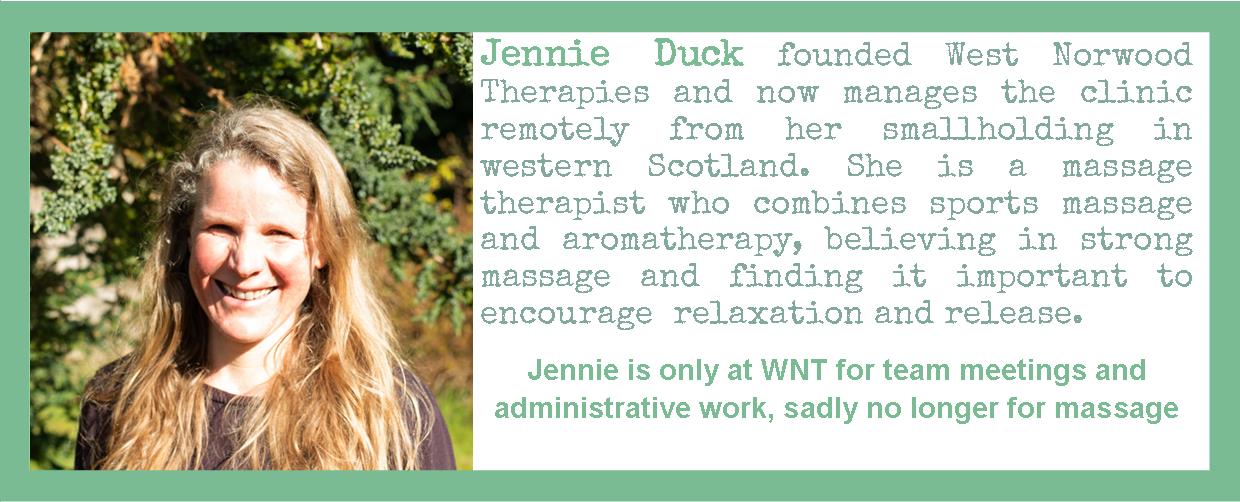
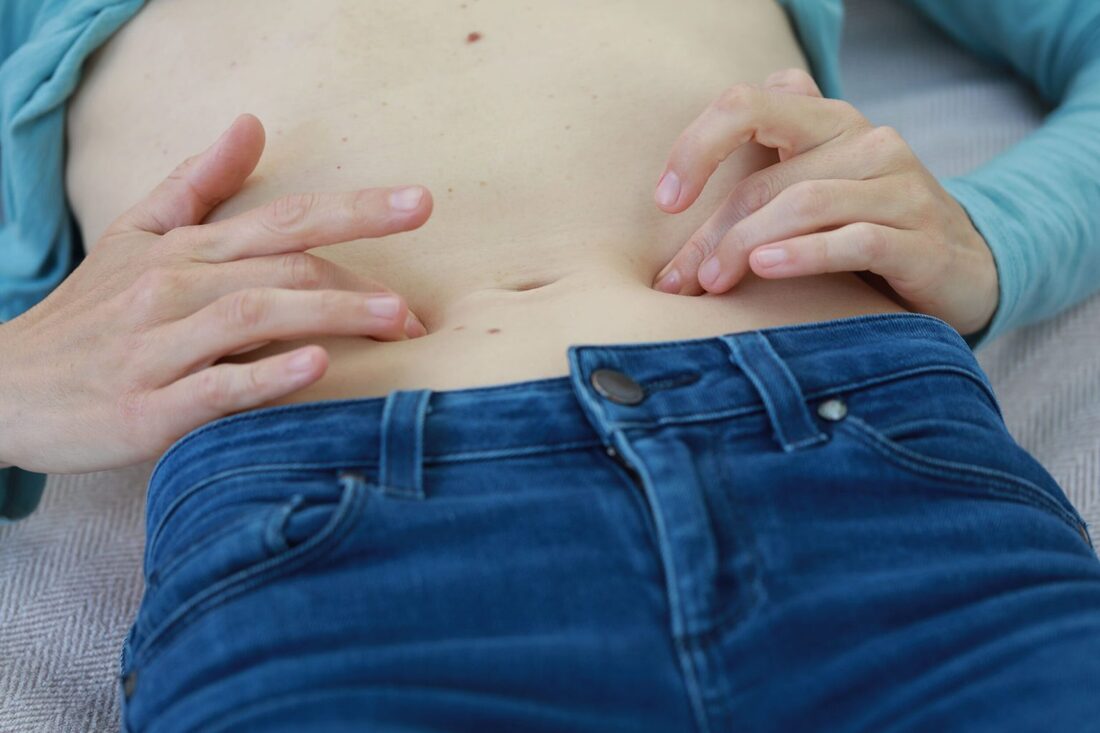

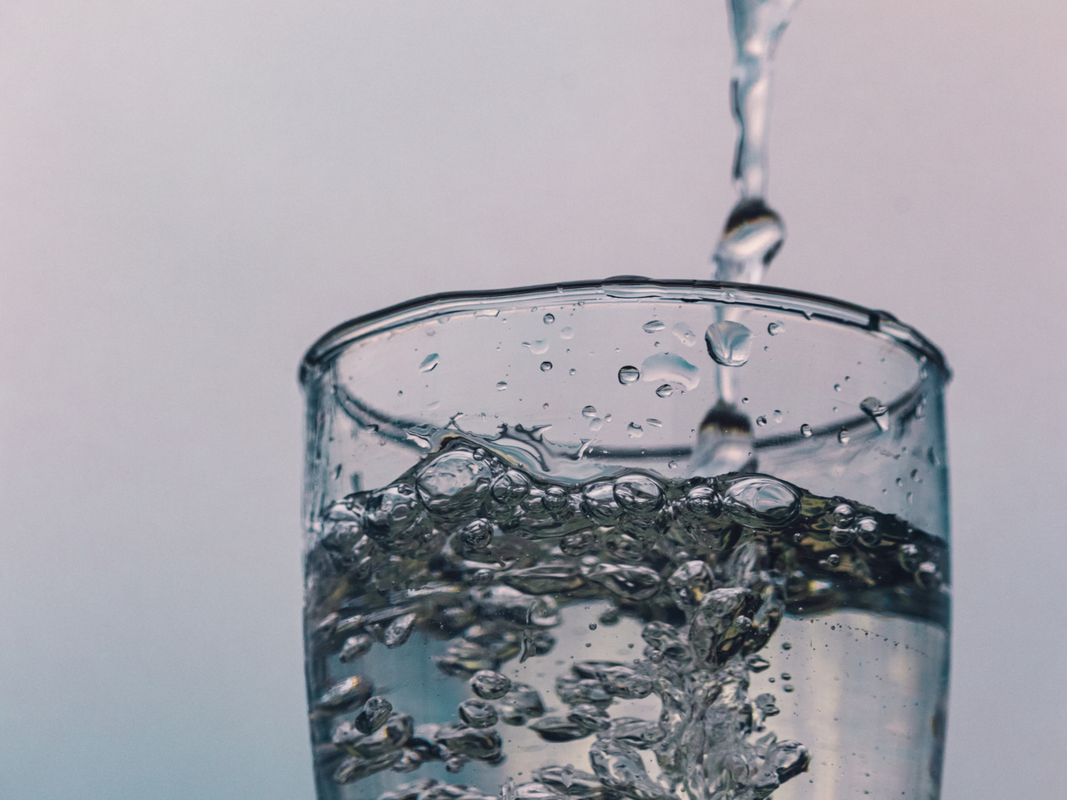

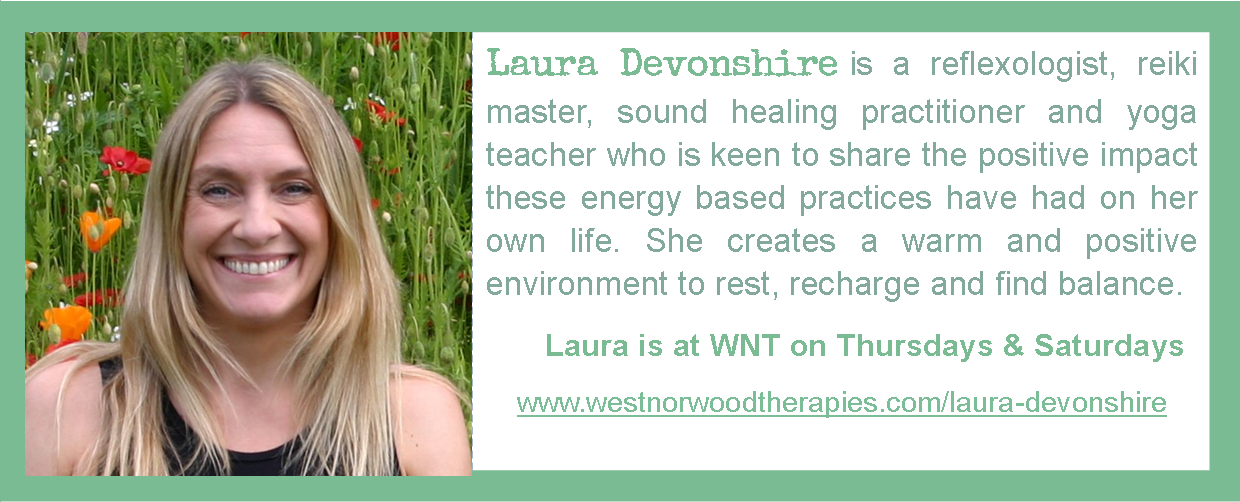
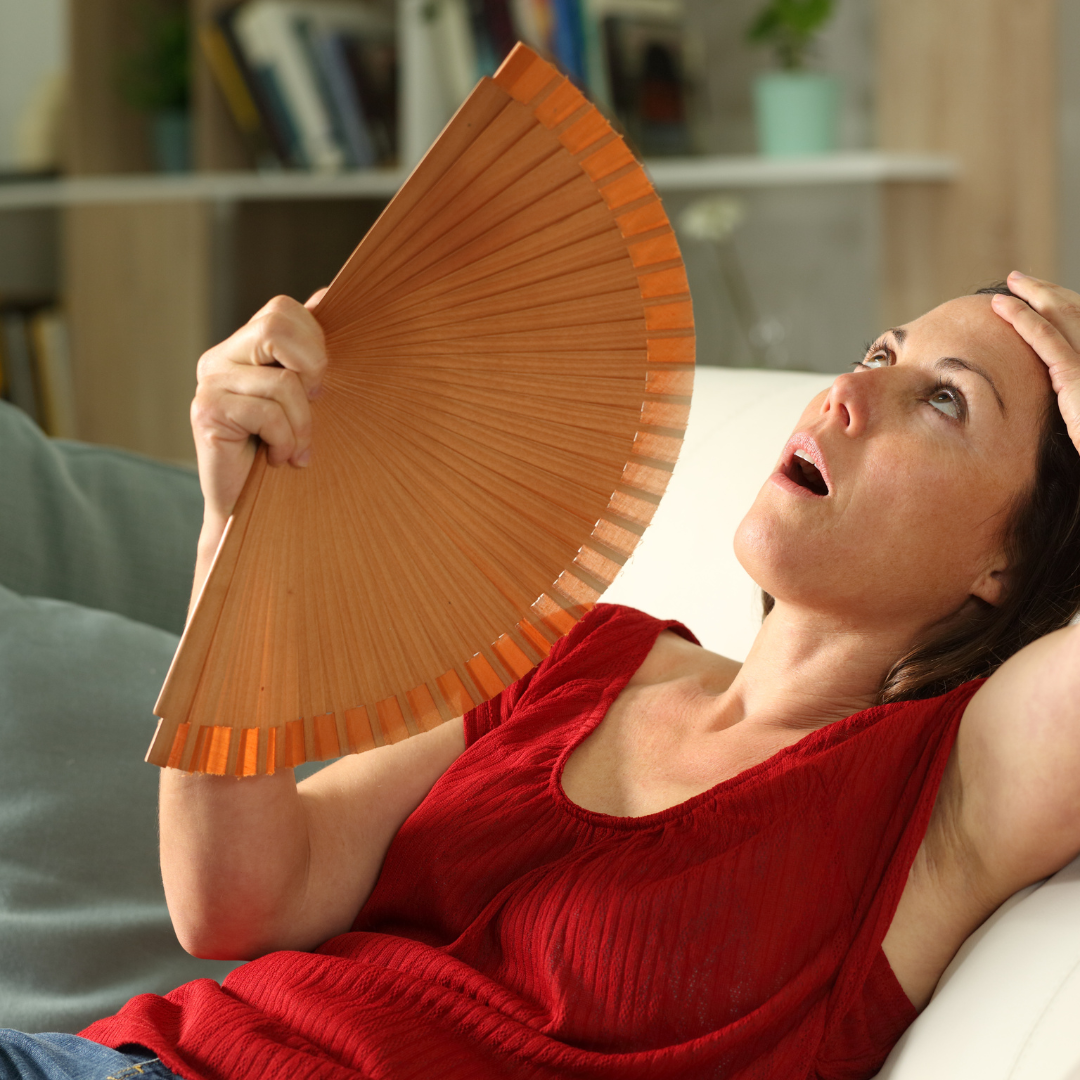

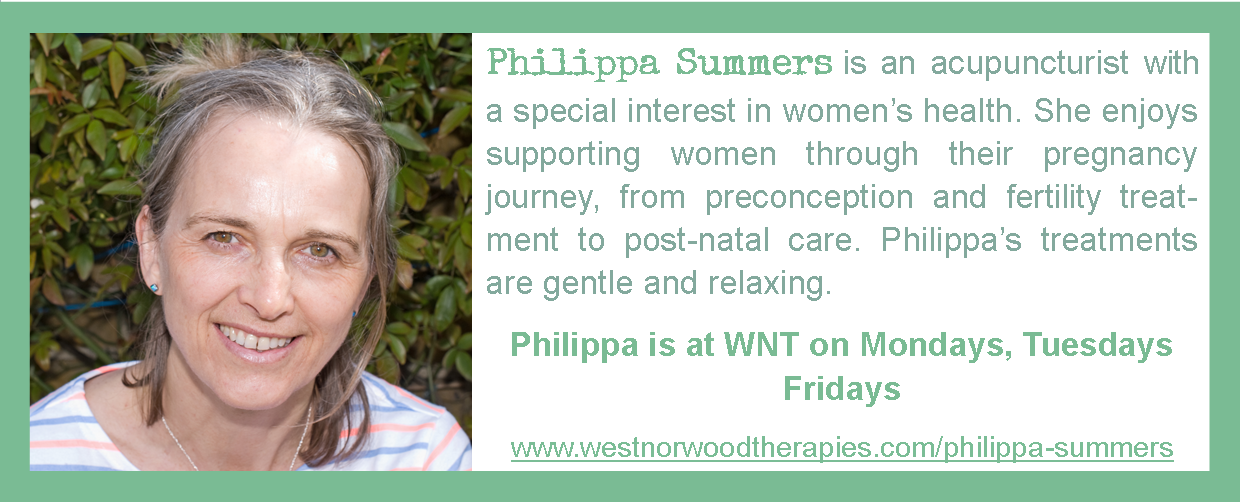


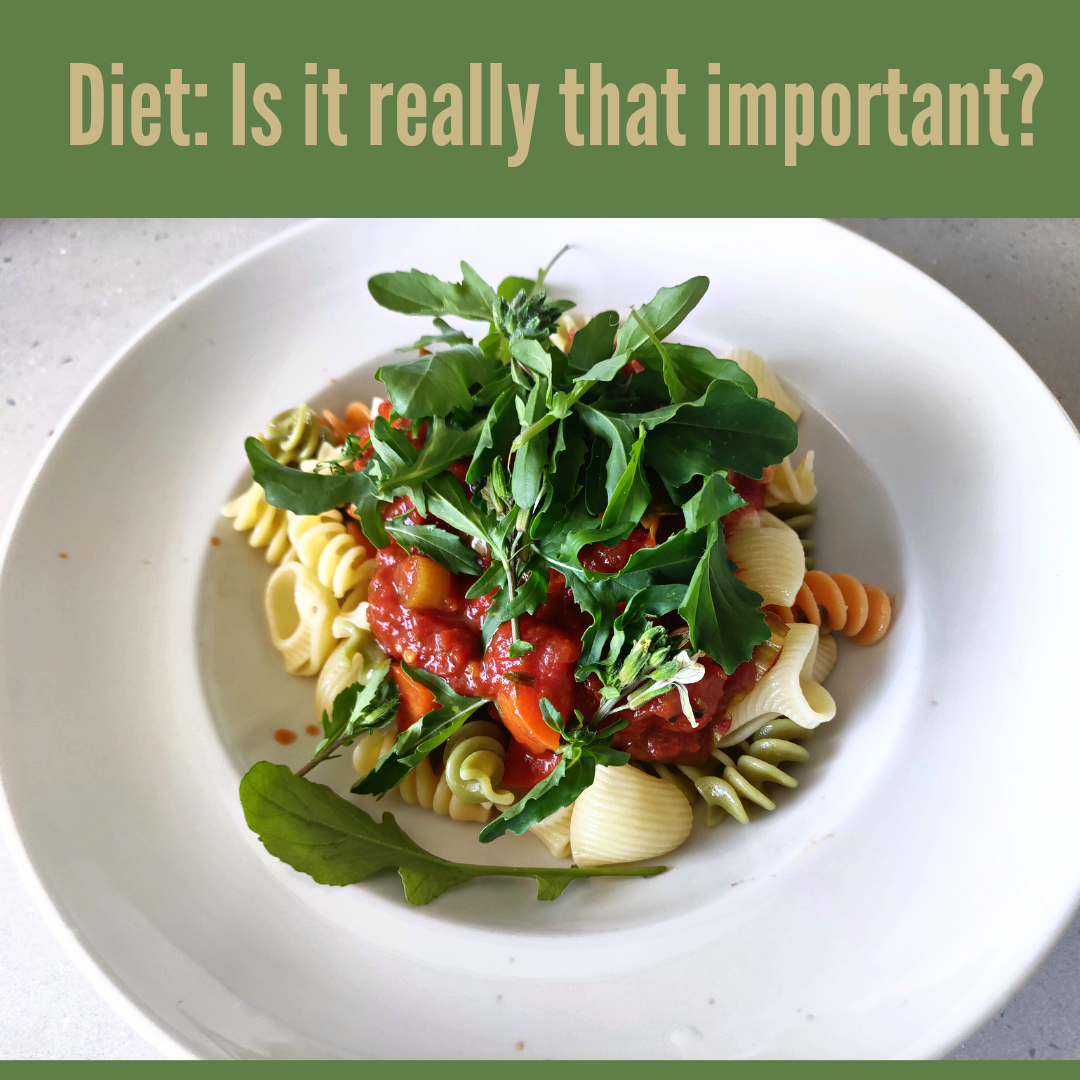
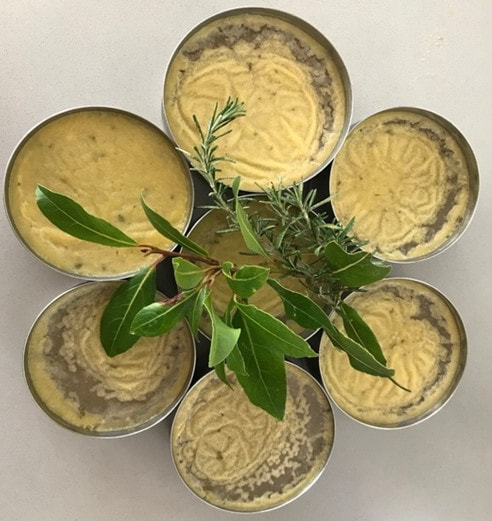





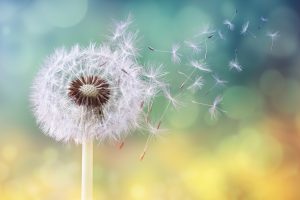
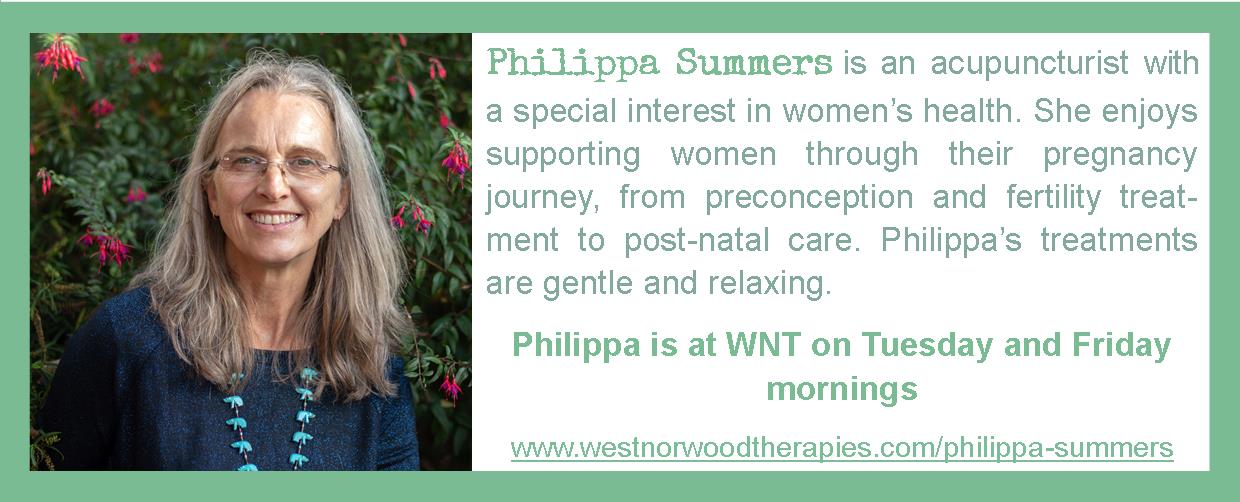
 RSS Feed
RSS Feed
